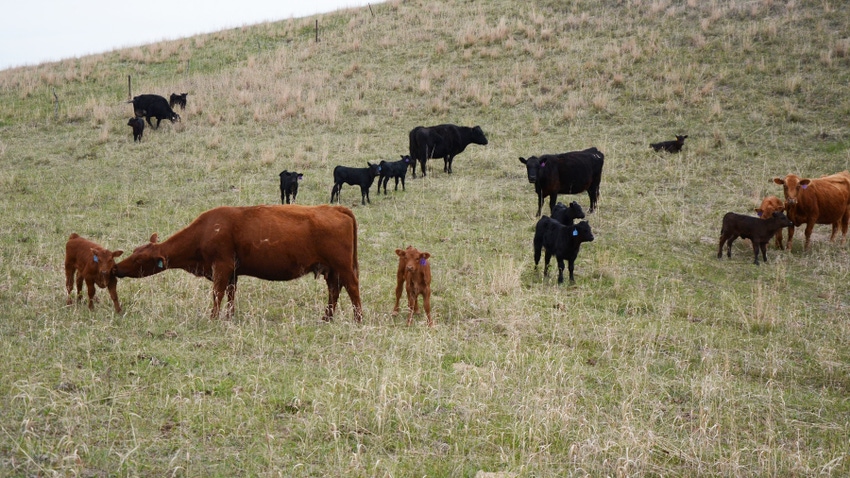
Don’t kid yourself. The all-land average values across Nebraska during the period between 2023 and 2024 have increased to another high in non-inflation-adjusted statewide land value of $4,015, but the rate of that rising value has definitely cooled off. That should come as no surprise because the two-year period between 2022 and 2023 was red hot, with an increase on average of about 30%.
“The rate of gain slowed down to 5% in the 2024 reporting year,” Nebraska Extension agricultural economist Jim Jansen says, “possibly due to lower commodity prices and higher interest rates.”
These same factors could be expected to impact the farm real estate market in 2024, and they could potentially affect future changes in Nebraska if they are not offset by increased profitability in farming and ranching in the long run, he adds.
Early results
These indicators come from the early results of the annual Nebraska Farm Real Estate survey, which over the past 46 years has surveyed appraisers, farm and ranch managers, agricultural bankers, and other industry land professionals, and is administered by the University of Nebraska Department of Agricultural Economics and the Center for Agricultural Profitability.
“Over the last three years, the Nebraska Farm Real Estate industry has been significantly impacted by global events and monetary policies,” Jansen says. “In response to the pandemic, interest rates were lowered to stimulate the economy and encourage long-term financing. This resulted in market participants taking advantage of the low rates and rising commodity prices to invest in real estate.”
Indicators for farm finances are still strong, but Jansen says that the farm real estate industry may be approaching a turning point in land values.
“Cattle prices continue to be robust, contributing to the favorable financial state of the industry,” he says. “The direction of real estate markets over the next two years will likely be influenced by fundamental forces driving these trends across the state.”
Down to the details
Breaking down the numbers, Jansen notes that the rising prices of cattle have caused non-tillable grazing land to see the highest increase at 8%, compared with the previous year.
“Operators competed for additional acres, which led to an increase in demand,” he says. “The North, East, Southwest and Southeast districts saw the highest gains, ranging from 7% to 13%.”
Dryland crop ground without irrigation increased by 3% across the state over the previous year. Districts of the North, Central, Southwest and South saw a rise between 5% and 8%; however, the average increase in the remaining five districts was less than 4%.
Center pivot irrigated land increased by an average of 4% for 2023, with the Northeast, Central and East regions leading the way with increases from 5% to 8%. In the Northwest, North, South and Southeast districts, increases were between 2% and 4%, with the Southeast experiencing a decline in land values in that category of 3%.
The district with the highest average land values, according to this preliminary report, was the East, with an average value of $9,730 per acre. The Northeast district is next at $8,540 per acre on average. The lowest average is in the Northwest at $960 per acre, with the North coming in next at $1,555 per acre.
Looking to the future
What does all of this mean? “Possible future changes in cash rental rates or land values for farmland and ranchland in Nebraska may be influenced by the profitability of farming and ranching activities and long-term borrowing costs,” Jansen explains. “In addition, drought-related concerns and increasing operating expenses may further moderate the state’s farm real estate market.”
Plus, the monetary policies implemented by the Federal Reserve to influence long-term interest rates may affect the cost of operating lines of credit and farm real estate loans.
“These policies will likely be partially based on the country’s overall economic growth and prevailing inflation rates, among other factors,” according to Jansen. “Farmers, ranchers and other stakeholders in Nebraska may benefit from staying informed about the latest trends and developments in farm real estate, financial markets and macroeconomic indicators. By doing so, they may be better equipped to make informed decisions about their operations, investments and financial planning.”
These observations are based on the preliminary report, which was released in March. The final report, which will include additional survey results, will be released in June. Go to cap.unl.edu/realestate for more information.
About the Author(s)
You May Also Like






